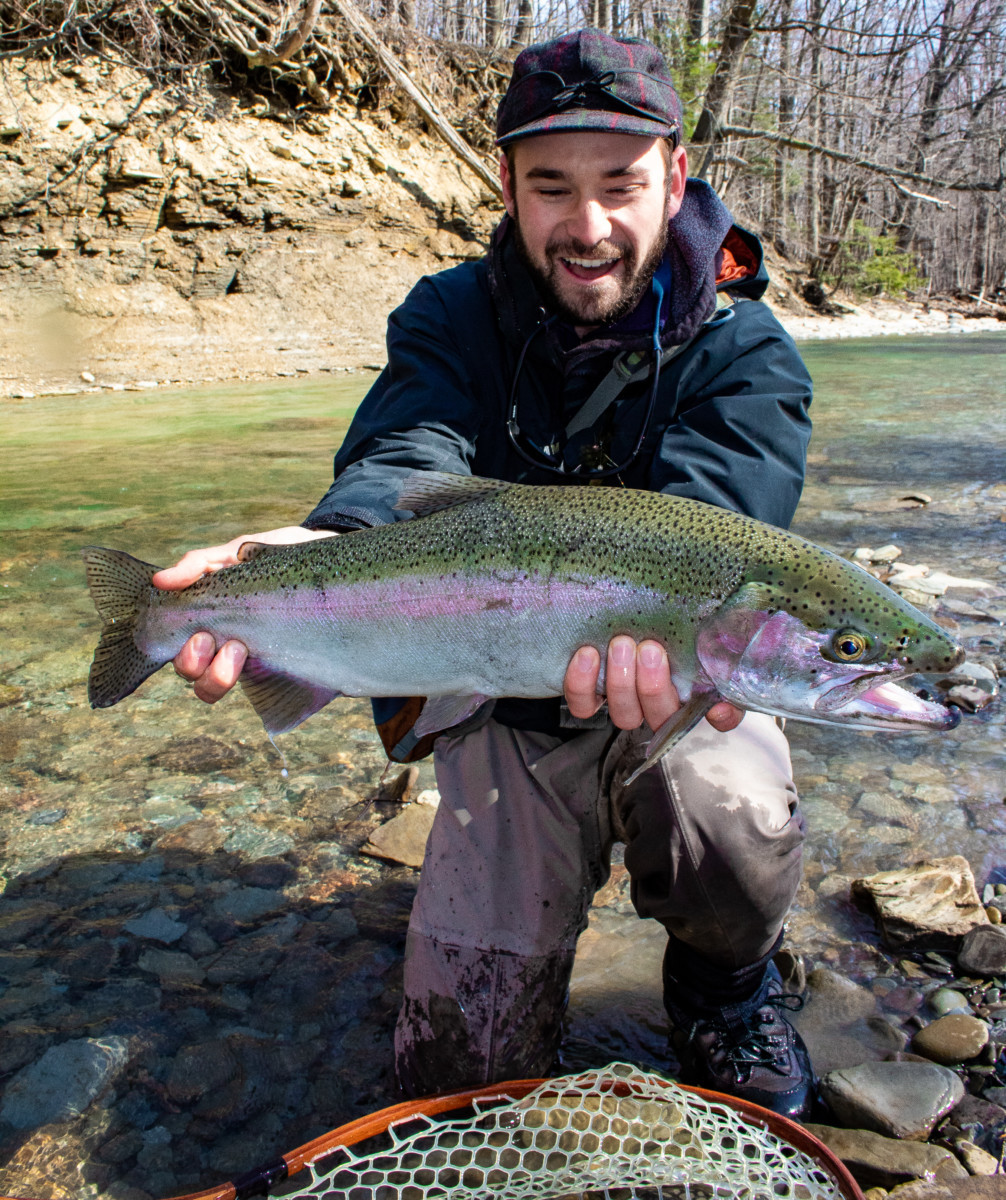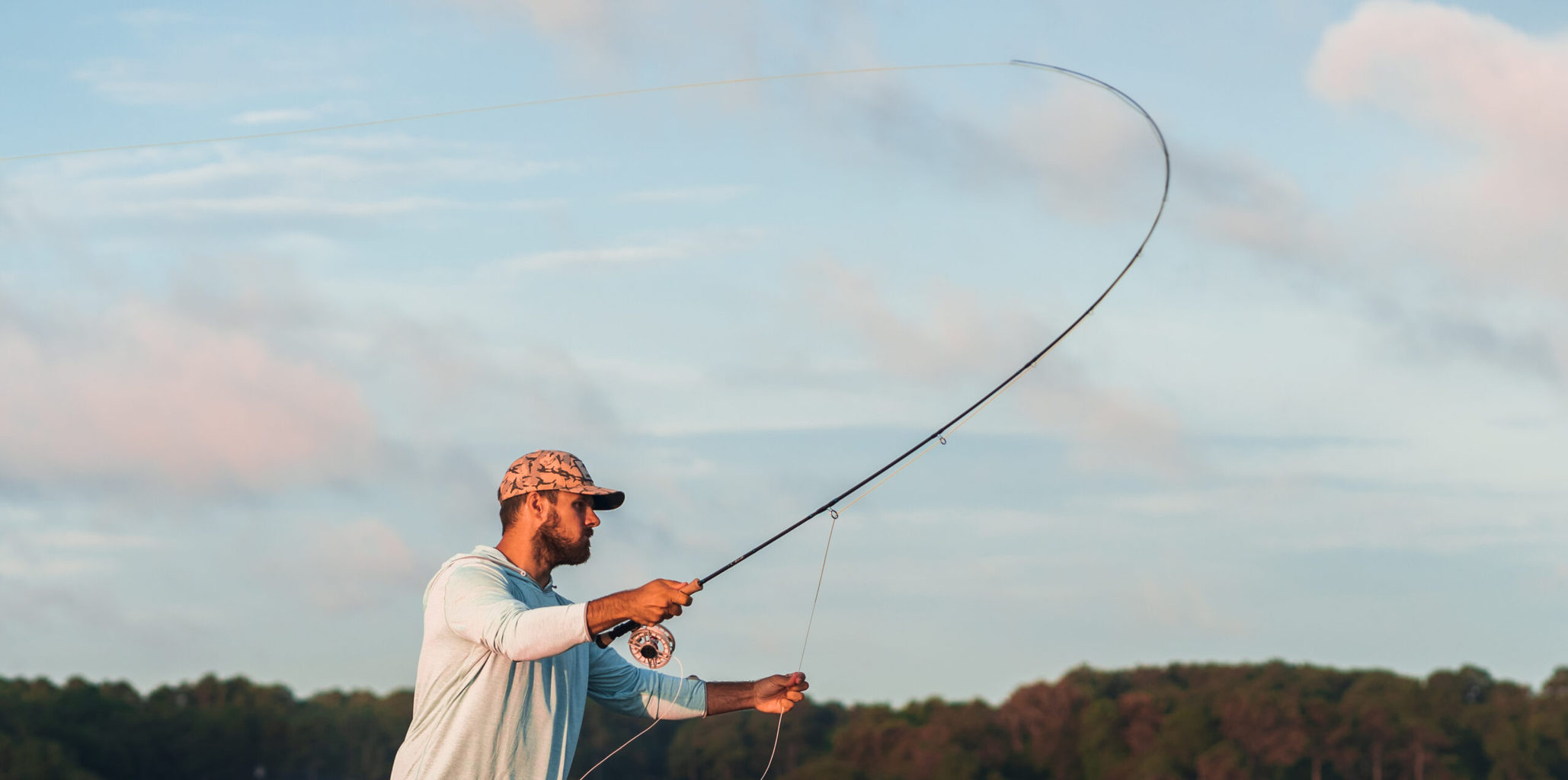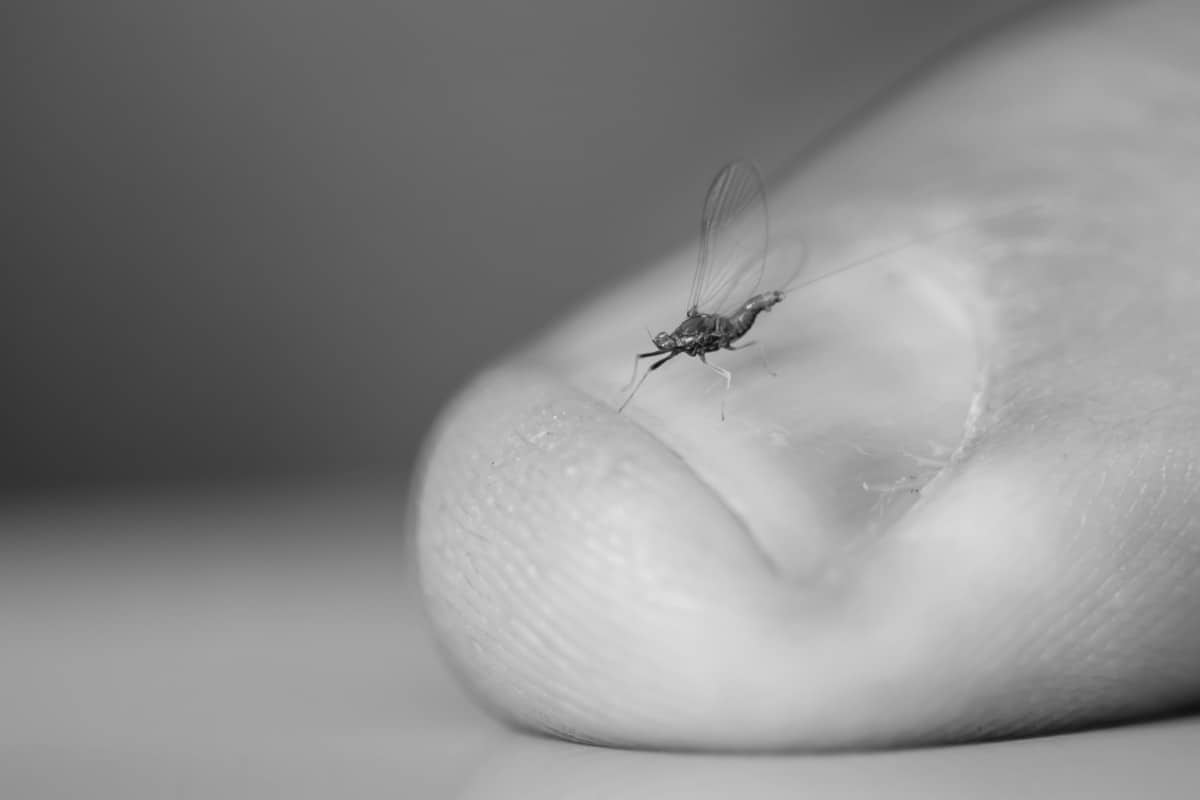What’s An Emerger Fly And How Do I Use Them?
Emerger fly patterns are lightweight flies designed to drift effortlessly with the current and hang just below the surface.
Emergers are a simple concept, they imitate emerging insect larvae and pupae making their way to the surface to molt into their next life cycle. Emerging insects have a difficult time breaking through the water tension that holds them back from the surface. Many will attempt and fail, which are easy pickings for trout. Others will never make it out of their nymphal shucks and some will hatch with misformed wings, which we call both “crippled emergers.”
Typically, emerger flies feature a collar of soft hackle and a small, thin body of dubbing or thread. To be honest, they are extremely underrated and should be a staple in every fly anglers box.
When should I use them?
On those days when insect activity is high and trout are actively feeding on insects not seen on the surface, such as caddis, midges, craneflies or mayflies. Typically, when you see trout rising they are either feeding on insects on top or just below the surface. With enough casts, you’ll figure out that maybe trout aren’t interested in taking dry flies sitting right on the top.
That’s when emergers are incredibly successful.
You can also incorporate them with great success within your nymphing rigs at any time. We usually tie them in above-beaded nymph flies so that they stay closer to the top of the water column.
How do I know when insects are emerging?
In calm pools and slack water, you’ll be able to see insects ‘popping’ out of the surface film. Caddis are moth-like insects that take flight the moment they break through the surface.
Often times you’ll see trout ‘smacking’ the surface or even going airborne in pursuit of these emerging caddis pupa swimming to the surface like a bullet. Mayflies and midges may sit on the surface a few moments before their wings dry and can take flight. Thick bubble pads on the surface and spider webs will collect insects so these are both great places to look for recent activity.
How do I fish emergers?
You can fish them however you like, but the two easiest ways are within a tandem nymph rig or by using multiple on a 2 or 3-fly rig and swing it cross currents. Position the first one at the end of your line or by using an adjustable dropper system 24-inches from the bottom of your leader. Then, tie the second emerger 12-inches to 20-inches below the first.
You can also fish emergers trailing below a dry fly. We recommend taking the time to set up an adjustable dropper system by using a backing barrel and a perfection-looped section of tippet. You’ll be able to use this system to slide your dry fly up or down based on the depth of the water, which will either bring your emerger fly up higher or lower within the water column.
What emerger flies are best to start with?
Soft hackle flies, in general, are the most versatile patterns you can use. Personally, I absolutely love fishing with Dusty’s Orange Pearl Soft Hackle fly in a size #12 or #16. It has a great color and just enough flash for hooking into trout left-and-right. Here’s a short list of our favorite emerger flies to start with:
What tippet or leader should I use?
Use a lighter tippet weight, such as a 5x or a 6x. Lighter weight tippets and leaders offer less drag and a more natural drift than stiffer weights.
For more natural movement, use a non-slip loop to tie your emerger flies onto your line. This allows your fly to twist and move with the current as opposed to locked in place with a clinch knot.
What weight fly rod is best for emergers?
You can use any fly rod weight and length to fish emergers. They are extremely lightweight flies so they don’t require anything specific. I would say that anything over 6-weight is overkill. Typically, we use an average 3 to 4 weight fly rod to fish for trout in varying lengths (depending on the size of water you’re fishing) 8-foot to 10 ½-foot.
Fly Fishing Made Easy 👍
Our Quarterly Fly Club ships 1,000’s of flies to anglers all across the United States. Receive curated fly assortments selected for the season with in-depth articles on how to fish them. Great for beginners to learn and for intermediates to discover new flies.


















Comments (2)
Please explain an adjustable dropper system by using a backing barrel and a perfection-looped section of tippet.
I am a new fly fisher woman and appreciate all the basic information you posting. I always look forward to your next newsletter.
Thanks
Comments are closed.